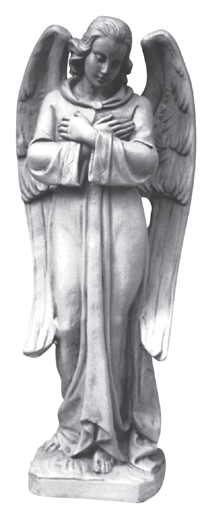Woodcarving

The art of carving and sculpture were some of the oldest human activities.
Thousand years ago human beings had found the way to work with different materials, including wood by giving it various shapes. As the years went by and with the civilization progress, woodcarving became a need of expression and creation, and the artist's role was and is, to interpret life and imprison the moment by giving them a steady shape.
The oldest woodcarving specimens exist in Egypt, because of the climate and are mostly household utensils and devotional items.
Some of the most known woodcuts are the ones of the Solomon Temple, which were ruined by the Chaldeans invasion, Kypselos' larnax in Olympia etc.
In Western Europe and mostly in Paris from 12th to 16th century gothic art was developed with particular woodcuts on Churches doors and Crucifixes. At the same time begins the furniture decoration in different artistic styles such as, the wood carved furniture of Ludovics, Baroque, Florence and others that until today are followed and copied by modern carvers.
At the same period and maybe even earlier begins the Greek artistic activity including the whole of Balkans reaching the inland of Western Asia. During the Byzantine period meats special ascent, decorating churches, works which exist until today such as the door of Olymbiotisis' Convent in Elassona (1296) and St. Georges Portal of the Temple in Kastoria. Carvers, who made most of those arts, were from the Pindos and Olympus areas. Other known centres of the Greek woodcarving art are the ones of Constantinople (Istanbul) and Mount Athos (Aghio Oros), whose artistic influence leaded the development of the decorative arts in Greece.
From the technical point of view in woodcarving, until the 17th century we mostly see flat figures with grooves or simple engravings. As from the 18th century the woodcrafts change and become lighter, recessed with plasticity in the elaboration of human faces, animals and figures of plants, which are made with artistic fantasy. Specimen of all those we can find on wooden walls and roofs of houses in Kastoria and Kozani, but also in Temples all over Greece and particularly in Zakynthos Island, were the influence of the western woodcarving is more than obvious. One of the best specimens is the one of Holy Mary's Temple (Phaneromeni), which is unfortunately ruined by the earthquake of 1956.
Today there are only few carvers who continue to work on the Temples decoration, by saving and continuing the tradition and enriching the art of woodcarving with Modern Greek elements.
Though this ancient art remains a classic manifestation of the Greek aestheticism.